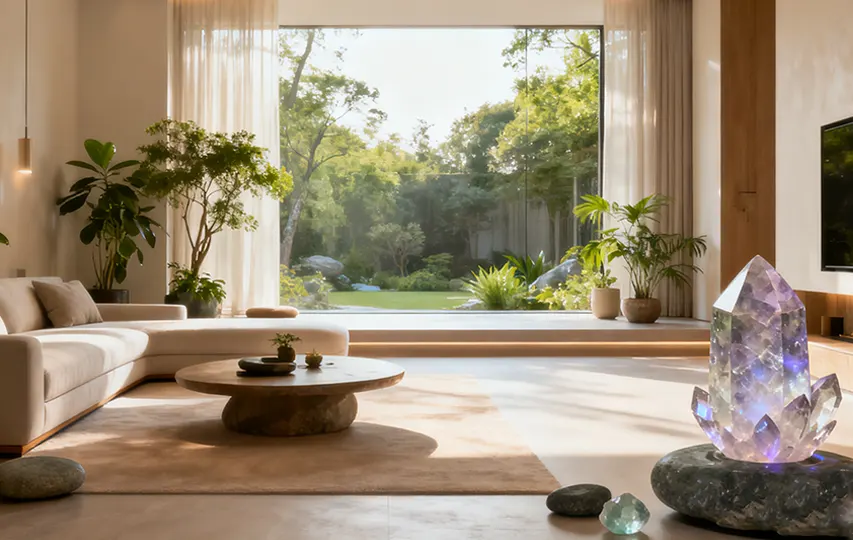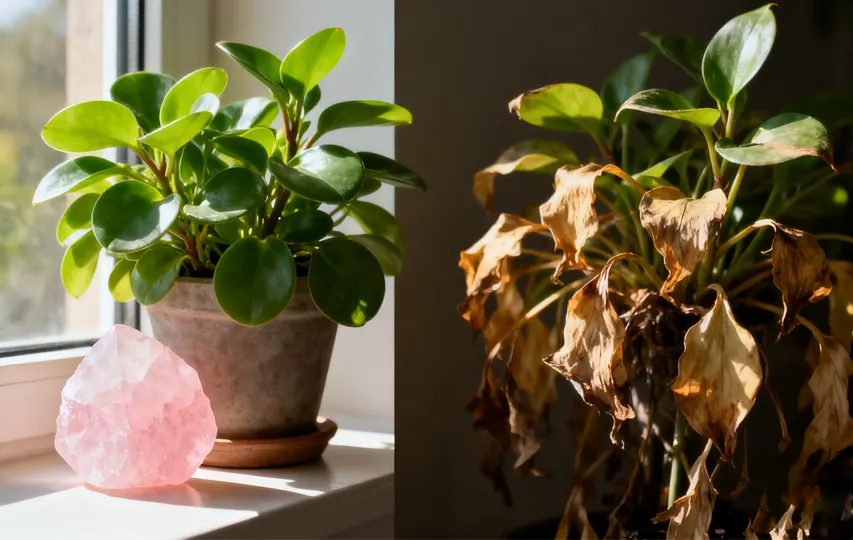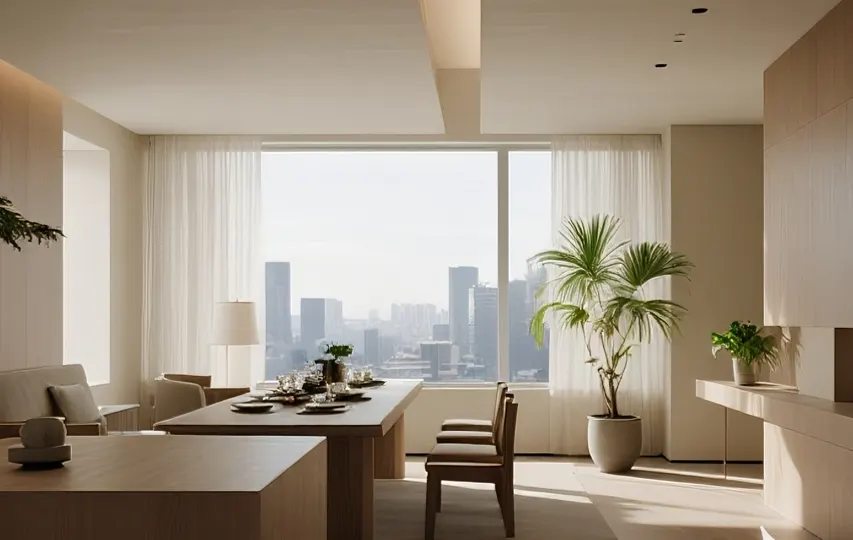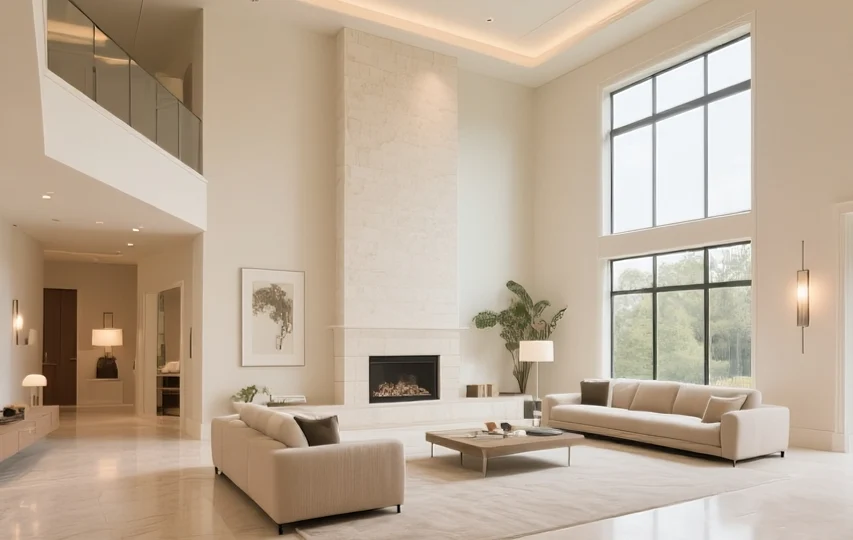
Feng Shui & Health: How Your Home Layout Impacts Your Well-Being
Feng Shui & Health: Discover how simple Feng Shui adjustments—bed placement, living-room layout, strategic plants, and color schemes—can improve sleep, reduce stress, and boost immunity in your American home.
1. The Invisible Guardian of Sleep: Bedroom Feng Shui
Sleep makes up one-third of our lives, and the way you arrange your bedroom can make or break your rest. According to Feng Shui:
Use a small amber-toned nightlight to safely navigate at night without suppressing melatonin.
Bed Placement: Position your headboard against a solid wall—never under a window or directly facing the door. This “backing” creates stability and prevents drafts of energy from disturbing you at night.
Magnetic Alignment: Orienting your bed north–south aligns with Earth’s magnetic field, which some studies suggest can ease blood circulation and deepen sleep. Pointing your head south or east also lets morning light sync your circadian rhythm.
Color & Lighting:
Warm neutrals (cream, soft yellow) encourage melatonin production.
Cool hues (pale blue, sage) calm anxious minds.
Avoid bold reds or purples that overstimulate.
2. Tuning Your Energy Flow: Living-Room & Sofa Placement
Your living room is the heart of your home’s energy. To optimize harmony and comfort:
- “Command Position” Sofa: Back your sofa up against a solid wall. If that’s not possible, create a “fake” wall with a tall plant, low bookshelf, or decorative screen.
- Activate the Wealth Corner: In Feng Shui, the diagonally opposite spot from your front door is the “wealth corner.” Position a seating area or small table here to invite prosperity and family harmony.
- Clutter-Free & Bright: Clear pathways and ample natural light keep the energy (Qi) flowing. Studies link well-lit, airy rooms to higher serotonin levels and stronger immunity.
3. Your Green Prescription: Healing Power of Plants
Indoor plants do more than look good—they purify air and balance energy:
- Best Picks:
- Pothos & Bamboo: Year-round vitality, toxin removal, symbolizing growth.
- Monstera (Swiss Cheese Plant): Its broad leaves suggest health and longevity—ideal for homes with the seniors.
- Placement Guidelines:
- Avoid prickly species (cactus) in social areas to prevent “sharp energy.”
- Round-leafed plants (rubber plant) symbolize harmony.
- Position plants in the East or Southeast sectors to amplify Wood-element energy, enhancing health.
4. The Science of Color & Materials: Stress-Relief Through Design
Marrying color psychology with Feng Shui principles helps melt stress:
- Color Zones:
- Blue: Lowers heart rate, eases anxiety—ideal for bedrooms or meditation nooks.
- Green: Boosts focus and circulation—perfect for home offices.
- Materials Matter:
- Natural Wood (oak, walnut): Releases phytoncides that curb bacteria and soothe nerves.
- Metal Accents (stainless steel, brass): Promote energetic flow—great for living and dining rooms.
- Kitchen Layout: Maintain a non-linear placement of stove and sink (avoid a direct line) to prevent “water-fire” clashes. An L-shaped design with warm yellow or beige accents (Earth element colors) helps gather and stabilize Qi.
5. Real-World Results: Feng Shui Case Studies
- Boston Apartment Revamp:
- What They Did: Added indoor greenery and quartz crystals to balance the building’s magnetic field.
- Result: Residents reported deeper sleep and higher productivity.
- Family Living-Room Adjustment:
- What They Did: Repositioned mirrors and replaced chaotic artwork with serene landscapes.
- Result: Fewer respiratory issues and a calmer home atmosphere.
6. Bringing Feng Shui Into Your Home: Simple First Steps
- Re-Align Your Bed: Move your headboard to a solid wall and adjust to a south- or east-facing orientation.
- Declutter & Brighten: Clear pathways, open blinds daily, and consider a skylight or extra lamps in dim areas.
- Green Corner: Introduce at least one low-maintenance plant in your East or Southeast zone.
- Color Tweaks: Paint an accent wall in soothing blue (bedroom) or refreshing green (office).
- Mindful Layout: Ensure stove and sink aren’t in direct line; add an L-shape counter or small divider.
By blending time-tested Feng Shui with modern design and wellness research, you can transform your home into a sanctuary that supports better sleep, reduced stress, and vibrant health. Start with these actionable tips and let the energy of your space become your invisible health guardian.


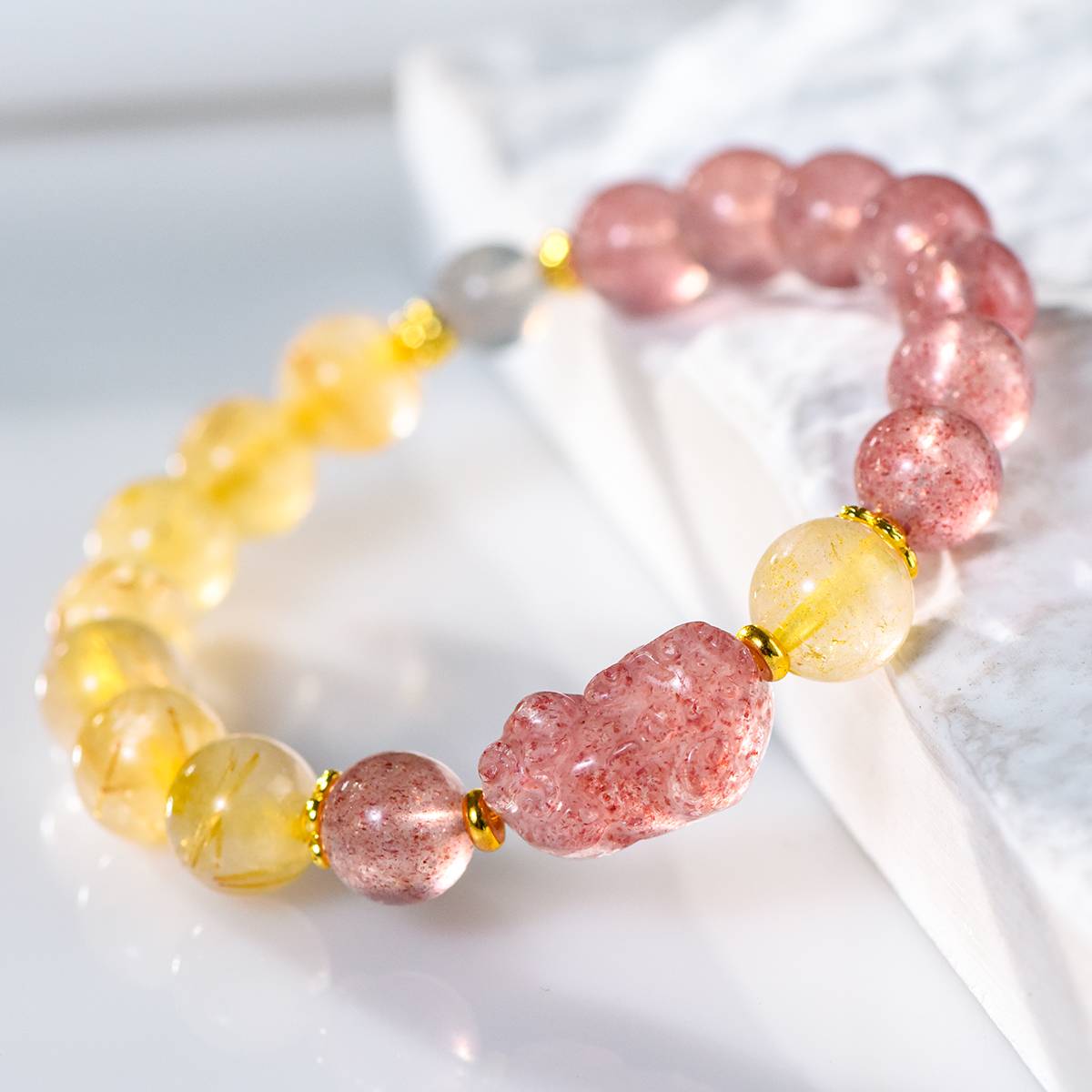
Get to Know Your Five Elements for Free
Get to Know More about Feng Shui

